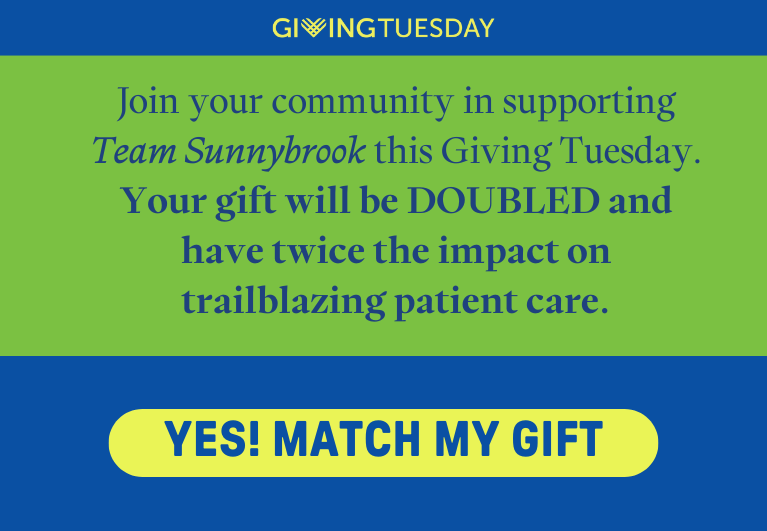MRSA in Canadian Aboriginal People
Toronto -- Researchers at Sunnybrook Health Sciences Centre in collaboration with Canadian investigators have discovered unique differences in the clinical features of methicillin-resistant Staphylococcus aureus (MRSA) infection in Canadian aboriginals from those found in the general population.
The research, published today in journal of Infection Control and Hospital Epidemiology is the first to determine the clinical and epidemiological features of MRSA colonization and infection in hospitalized aboriginals.
Using data collected from a national-based surveillance network, the Canadian Nosocomial Infection Surveillance Program (CNISP), from 279 aboriginals with MRSA in 38 hospitals between 1995 and 2002, researchers examined the patient characteristics of people infected with MRSA and epidemiology of the isolates themselves.
Staphylococcus (staph) aureus is a common bacteria carried on the skin or in the nose of healthy people. Occasionally, it can cause minor skin infections such as pimples or boils that can be treated without antibiotics. The bacteria can cause serious infections that in the past have been treated with penicillinrelated antibiotics, but treatment is becoming increasingly more difficult as staph bacteria have become more resistant to various antibiotics. The resistant bacteria are called methicillin-resistant staphylococcus aureus.
“Over the last few years we have noticed an increase in community-acquired MRSA infection occurring in native and aboriginal populations,” says principle investigator Dr. Andrew Simor, Head of the Department of Microbiology and Infections Disease Consultant at Sunnybrook. “We had reason to believe that the MRSA affecting this population might have unique features. By identifying this problem and defining the risk factors, we can learn more and work towards intervening with good public health measures.”
When researchers looked closely at MRSA isolates from aboriginals, they found that the clinical features were distinct from those in the general population and that the genetic makeup was unique.
“What was very interesting is that despite large geographic distances, the epidemiology of the MRSA found in Canadian aboriginals is similar to those found in aboriginals in the United States, Australia, New Zealand and islands in the south pacific,” says Simor who is also a Professor at the University of Toronto.
Researchers found variances in patient characteristics. In aboriginals, the median age for patients with MRSA infections was 45 years old, yet in nonaboriginals the media age was 71 years old. Most isolates found in aboriginals were on the skin and soft tissue, while in non-aboriginals the isolates are commonly found in the nose.
In previous studies it has been assumed that the majority of MRSA isolates were community associated. This study determined that Canadian aboriginals are six times more likely to have community-associated MRSA than nonaboriginals.
These results maybe explained, in part, by socioeconomic and demographic factors. Several markers for poorer health and status among aboriginal Canadians have been identified, including lower life expectancy, higher infant mortality, and higher hospitalization rates.
“In many parts of the world, communities are experiencing large increases in the incidents of MRSA,” says Simor. “In Canada, up until now MRSA has been a hospital acquired infection. We are dealing with a portion of the community that is already vulnerable to illness and infection. These results are important because they raise a number of important questions: are these people at higher risk than the general population and are the risk factors different for aboriginals than the population at large?”
Further investigation is required to determine the incidence of MRSA infection in aboriginals in Canada and to define risk factors associated with this acquisition of this organism in native communities.
This research was conduction in collaboration with the Public Health Agency of Canada and the Association of Medical Microbiology and Infectious Diseases.








